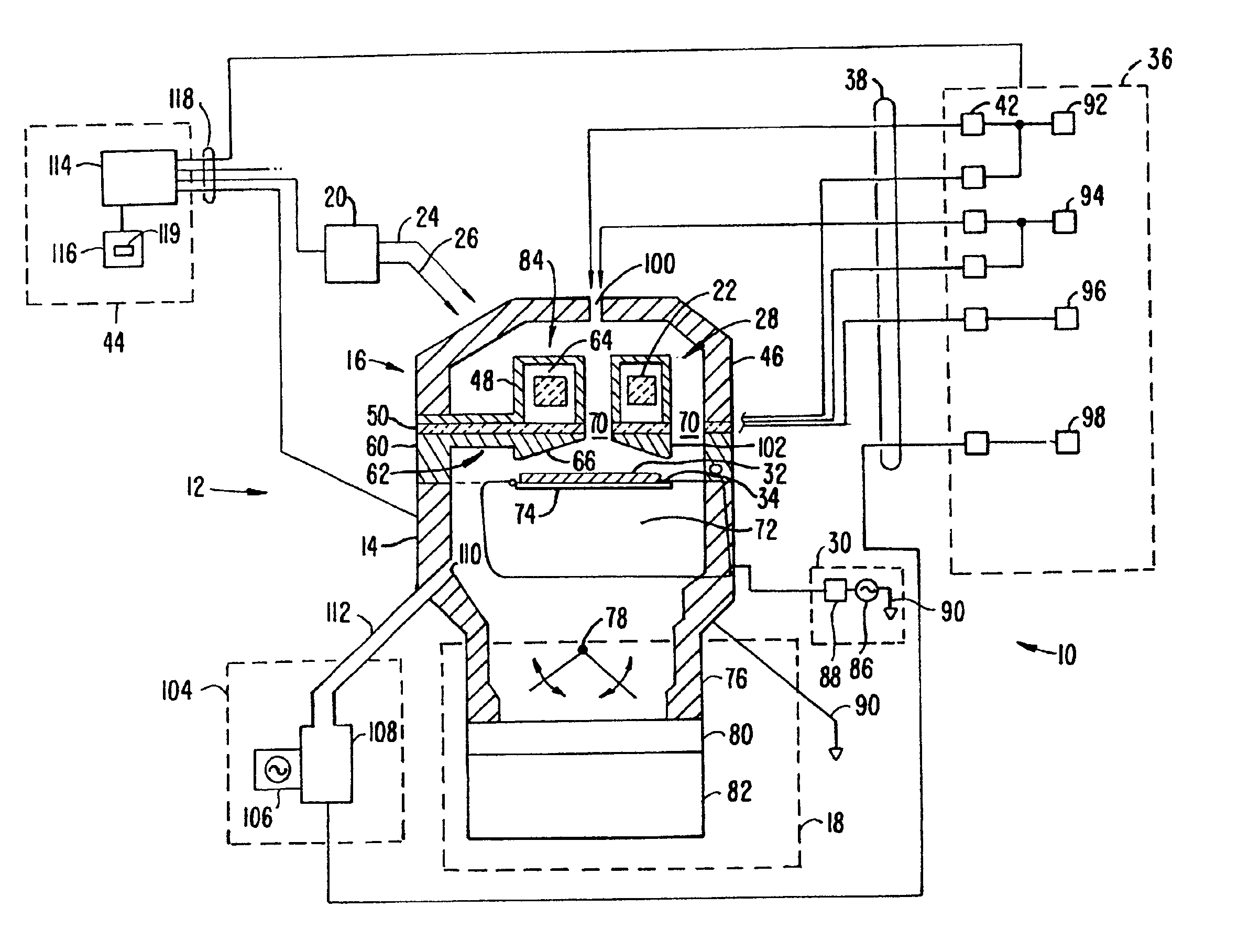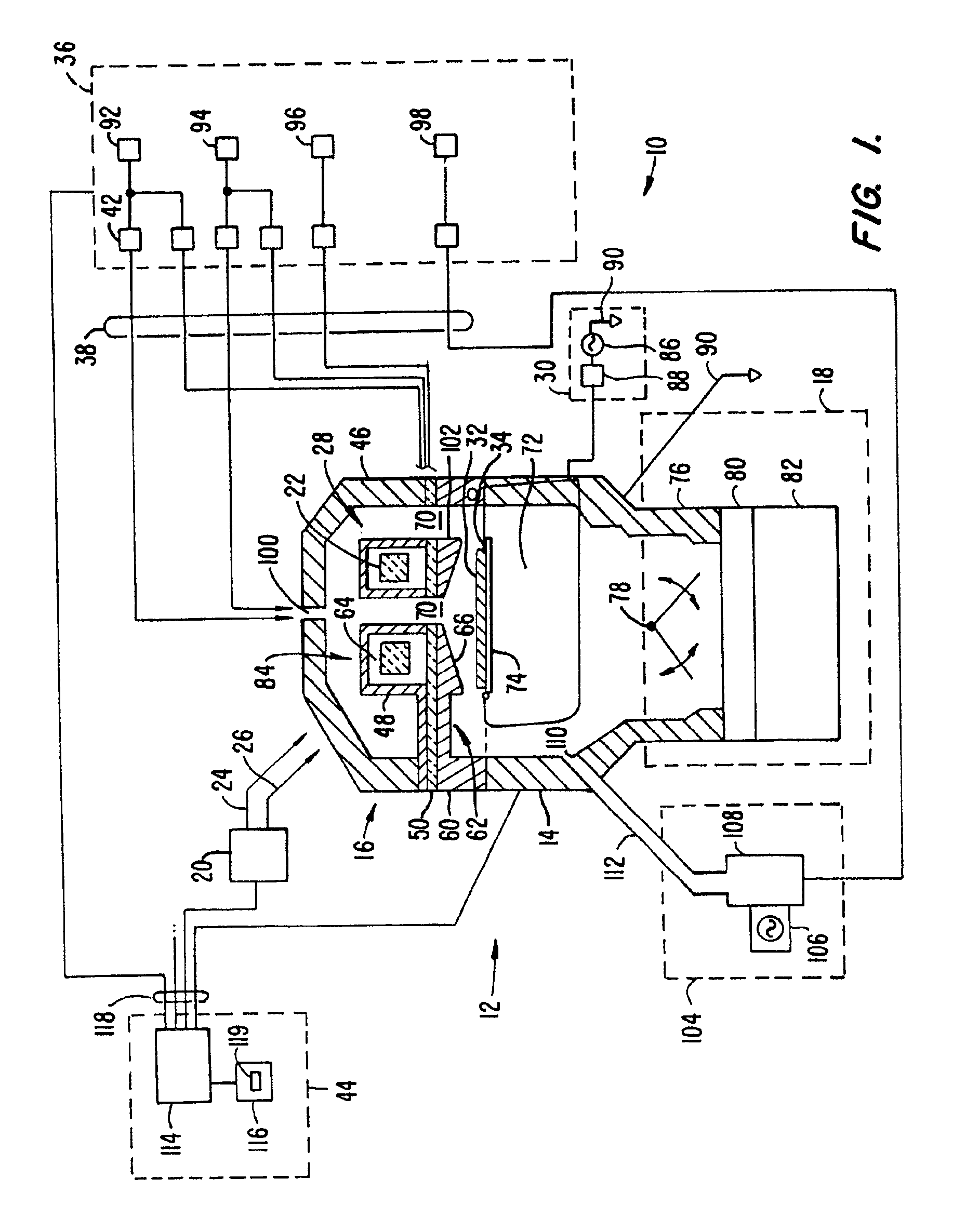In situ application of etch back for improved deposition into high-aspect-ratio features
- Summary
- Abstract
- Description
- Claims
- Application Information
AI Technical Summary
Benefits of technology
Problems solved by technology
Method used
Image
Examples
Embodiment Construction
1. Introduction
Embodiments of the invention use a continuous in situ plasma for all phases of a dep / etch / dep process. This is achieved with a chamber design that disposes the plasma source, which may be a toroidal plasma source, within the process chamber. Such a design and process have a number of advantages. For example, the chamber design is especially suitable for processes that use etchant gases because it does not include a capacitive coupling between the dome and plasma-generation coils. This allows in situ processing with etchants while avoiding undesirable surface erosion within the process chamber. This process is unlike previous dep / etch / dep processes, which were instead generally adapted for remote-plasma etch phases; attempts to adapt those processes to in situ etch phases resulted in the deficiencies described above.
In embodiments of the invention, the dep / etch / dep process is accordingly performed as a continuous process without the need for separate plasma generation ...
PUM
| Property | Measurement | Unit |
|---|---|---|
| Density | aaaaa | aaaaa |
| Ratio | aaaaa | aaaaa |
| Deposition rate | aaaaa | aaaaa |
Abstract
Description
Claims
Application Information
 Login to View More
Login to View More - R&D
- Intellectual Property
- Life Sciences
- Materials
- Tech Scout
- Unparalleled Data Quality
- Higher Quality Content
- 60% Fewer Hallucinations
Browse by: Latest US Patents, China's latest patents, Technical Efficacy Thesaurus, Application Domain, Technology Topic, Popular Technical Reports.
© 2025 PatSnap. All rights reserved.Legal|Privacy policy|Modern Slavery Act Transparency Statement|Sitemap|About US| Contact US: help@patsnap.com



